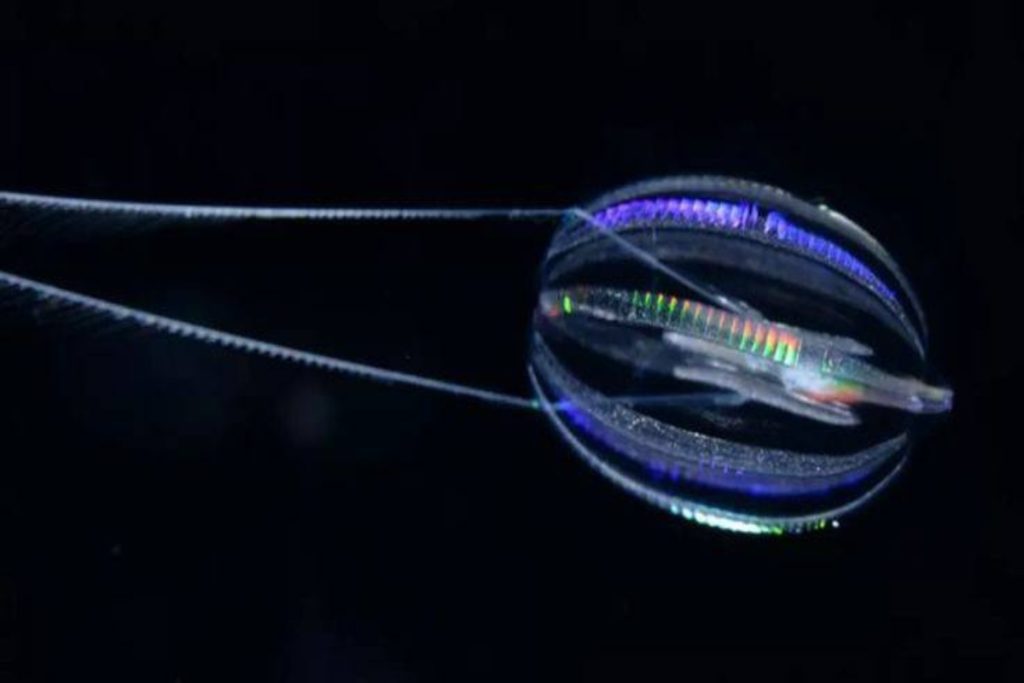
Scientists have discovered the oldest living creature on Earth from 700 million years ago, which might change everything we know about the Earth. They announced that the oldest living creature on our planet is a jellyfish-like organism called a ctenophore. According to several studies, it evolved from the same primordial animals as humans.
However, reports suggest this fascinating creature first emerged 700 million years ago. Hence, it emerged long before the dinosaurs; they appeared 230 million years ago. In addition, the study found that ctenophores are the closest relatives of the first animals. To top it all, scientists revealed that they still exist in modern-day oceans and aquariums.
Ctenophores are unique creatures. They have eight sets of cilia, akin to tentacles, which they use to propel themselves through the ocean depths. Surprisingly, some of their tentacles reportedly reach more than four miles below the surface.
The study’s co-author, Professor Daniel Rokhsar, revealed that “the most recent common ancestor of all animals probably lived 600 or 700 million years ago.” However, they were soft-bodied creatures and didn’t leave a fossil record. Consequently, it’s challenging to know what these ancestors were like.
When most people consider animals, they think of creatures like worms, flies, mollusks, sea stars, and vertebrates. For instance, worms evolved approximately 500 million years ago, and vertebrates appeared about 450 million years ago.
Together, these creatures are known as bilaterians, which have evolved to have a centralized brain, a gut running from mouth to anus, muscles, and other shared features. These features occurred during the well-known ‘Cambrian Explosion’ 500 million years ago.
On the other hand, scientists classify Jellyfish as bona fide animals despite their lack of many bilaterian features. They do not have a defined brain and may not even possess a nervous system or muscles. Nevertheless, they still exhibit the hallmarks of animal life, such as developing multicellular bodies from a fertilized egg.
A team from the University of California, Berkeley, embarked on a quest to decipher the relationships within the animal tree of life. They wanted to broaden our understanding of the origins and evolution of life on Earth.
However, this exploration provided a new perspective on the timeline of animal evolution. It also quashed a long-held belief that sea sponges were the first animals. Many consider sea sponges the earliest animals due to their fossils dating back about 600 million years.
However, Ctenophores, also known as comb jellies, are one of the earliest branches of the animal evolutionary tree. Those fossil records show they predated other simple multicellular organisms like sponges. While they look superficially like jellyfish, they are only distantly related. Unlike jellyfish, Ctenophores propel themselves with eight rows of beating cilia arranged down their sides like combs.
In addition, Ctenophores belong to the species Ctenophora, which contains around 100 to 150 known species. The study further revealed that Ctenophores are carnivorous. They feed on tiny marine organisms such as larvae, plankton, and sometimes other Ctenophores.
Interestingly, despite their predatory habits, Ctenophores lack a proper digestive system. Instead, they have a canal network that distributes nutrients throughout their bodies.


